Technology
Removes gases and 99.95% of allergens and pollutants from the air.1
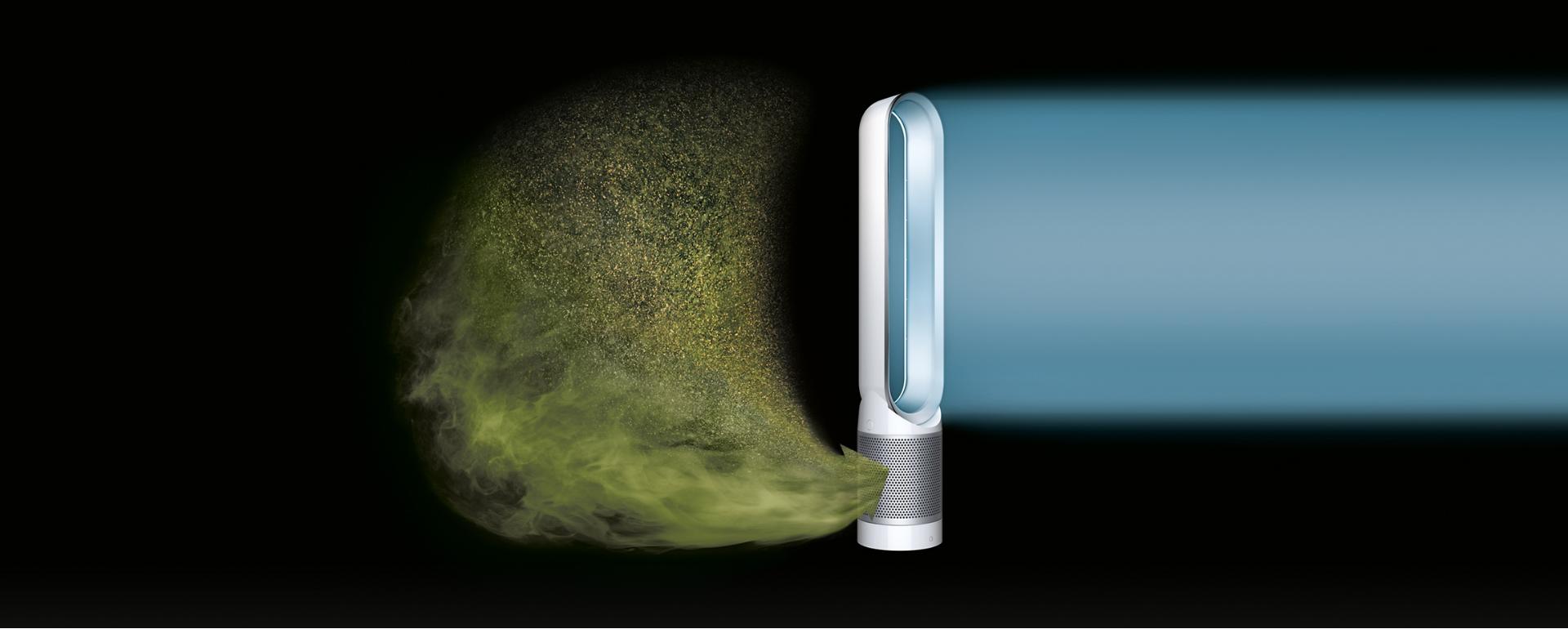
Air Multiplier™ technology.
The impeller draws in air from all angles, passing it through the filter before accelerating it into the annular loop. With technologies found in turbo chargers and jet engines, and using applied fluid dynamics, air is induced and entrained – multiplying the initial airflow. In heating mode, self-regulating ceramic plates heat the air, before a powerful stream of smooth, uninterrupted, purified airflow is projected.
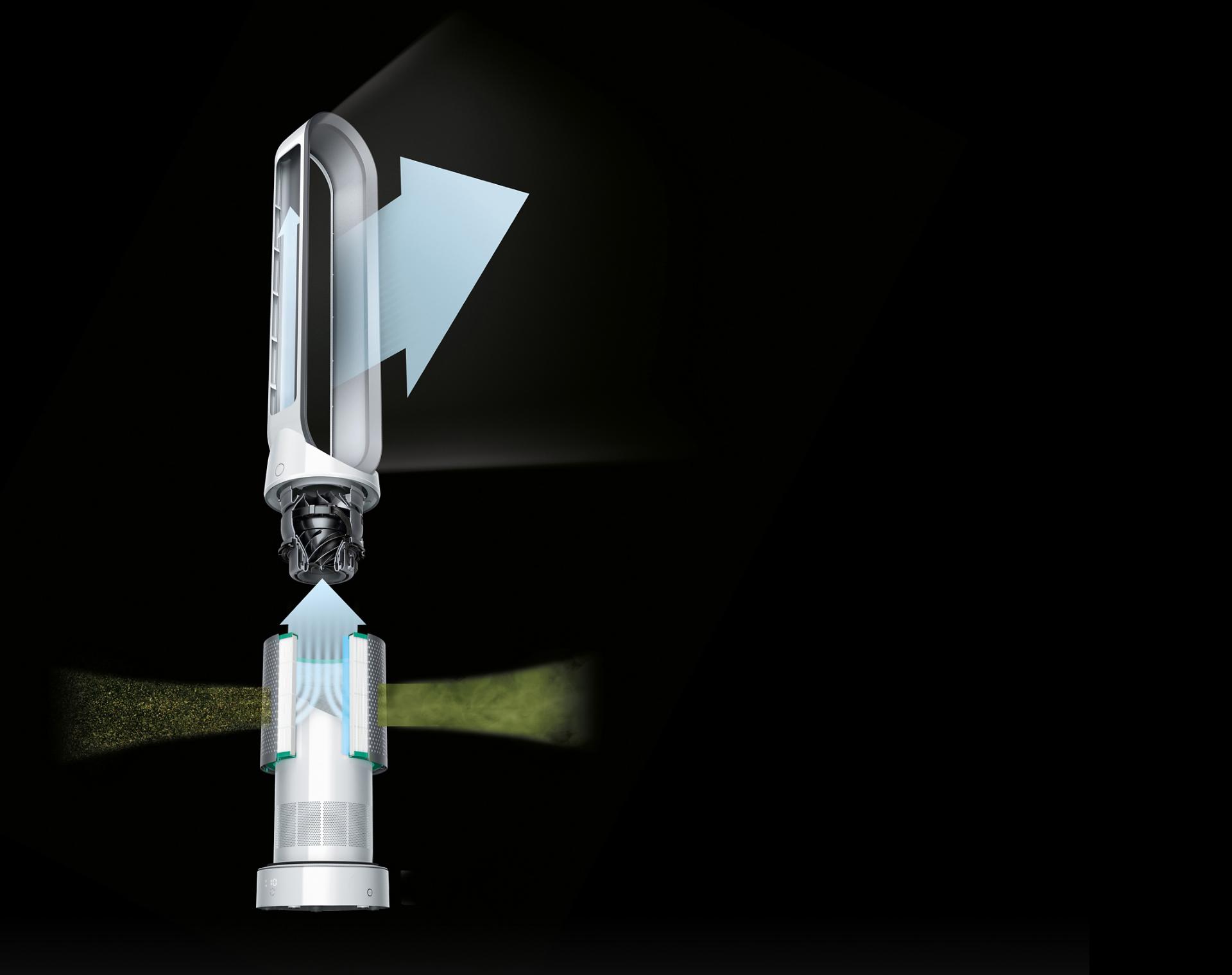
The Dyson 360° Glass HEPA filter with tris-coated activated graphite.
The 360° Glass HEPA filter removes 99.95% of particles as small as 0.1 microns – that’s roughly 100 times smaller than a human hair. The 360° intake has been engineered to pull in polluted air from every angle, while the tris-coated graphite help captures gases from your home, including odors, household fumes and formaldehyde.
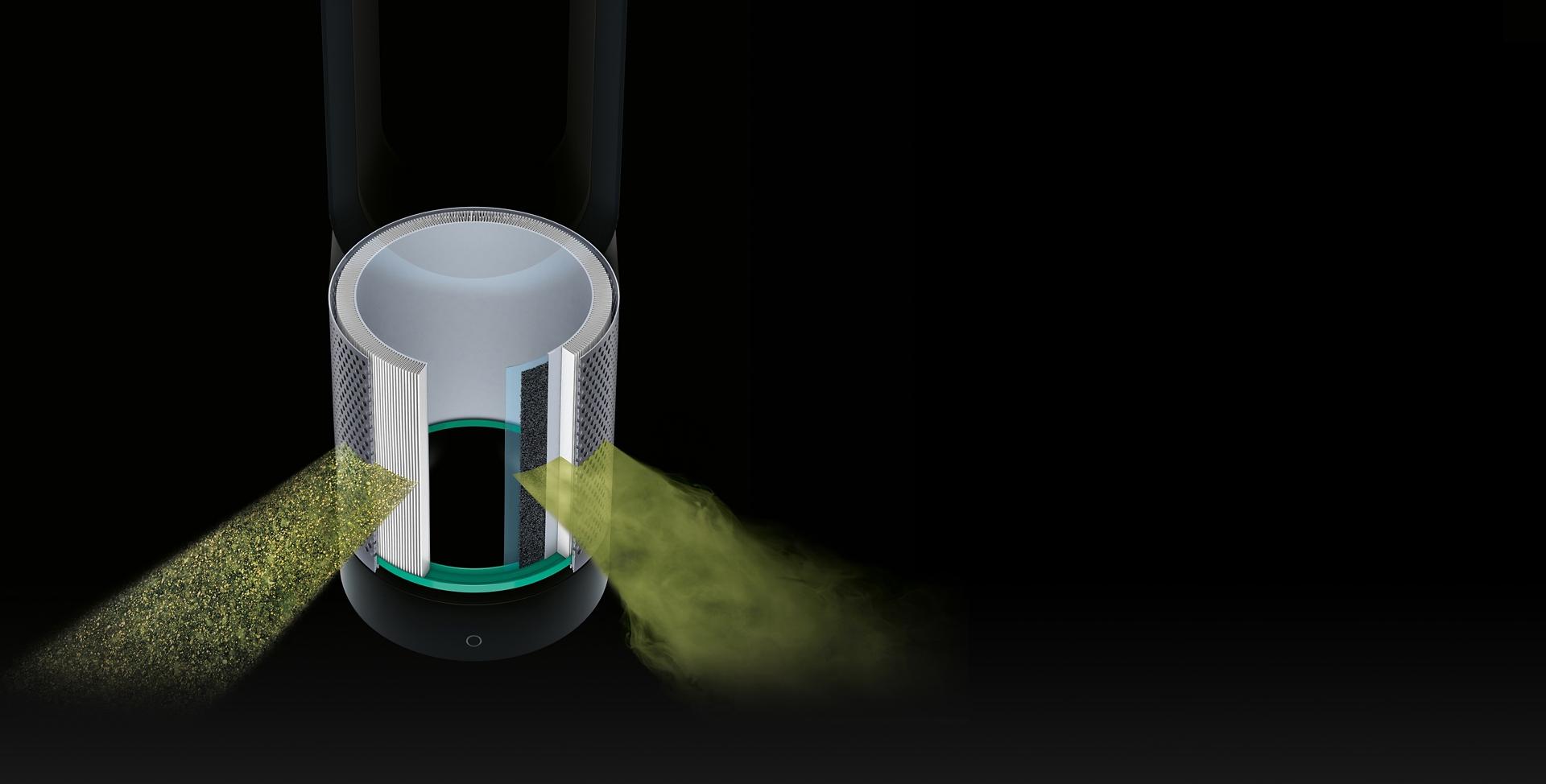
Captures particles larger than one micron, such as pollen and allergens as well as Volatile Organic Compounds gases such as fumes and potential toxins.
-
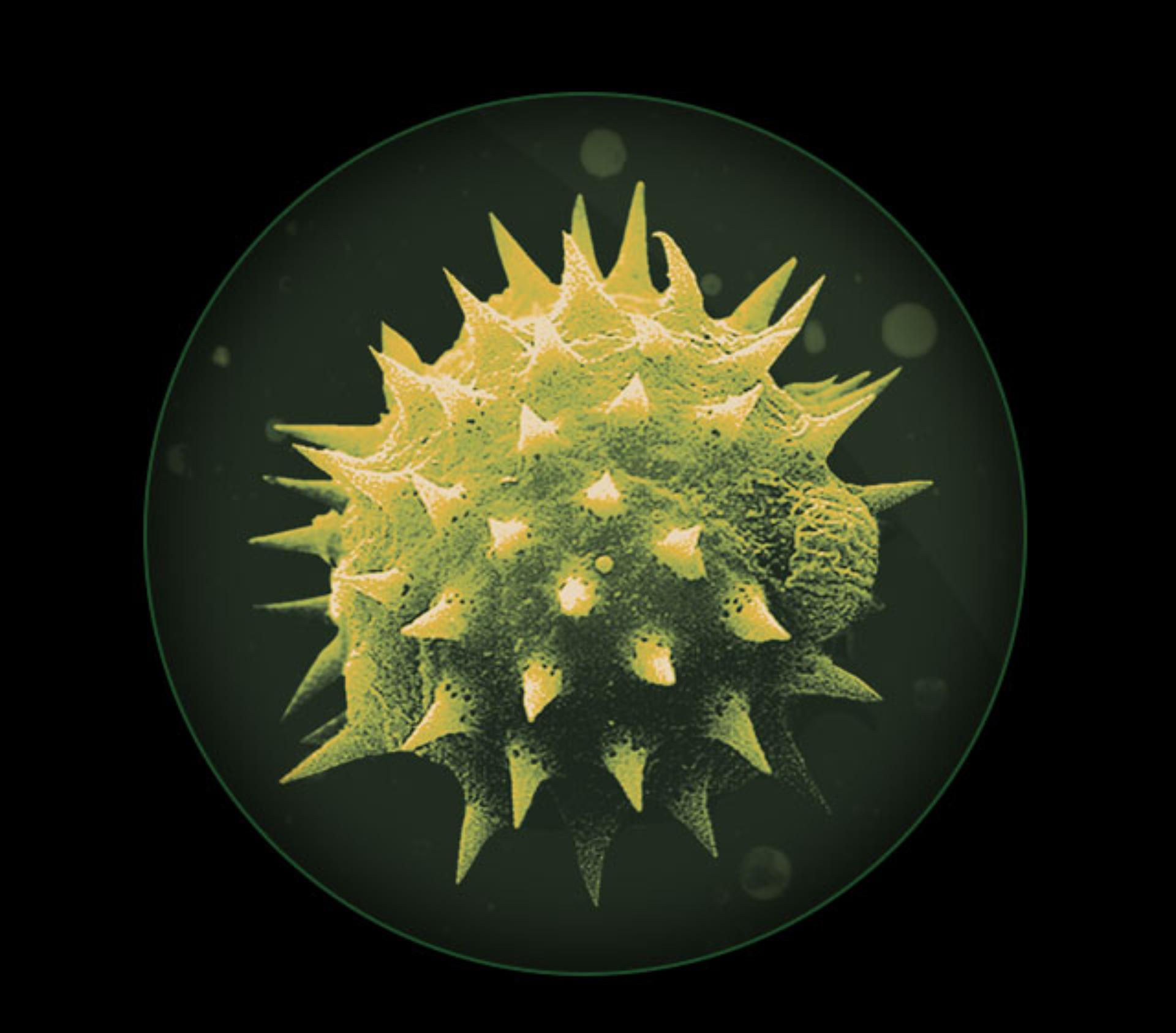
Pollen and Allergens
-
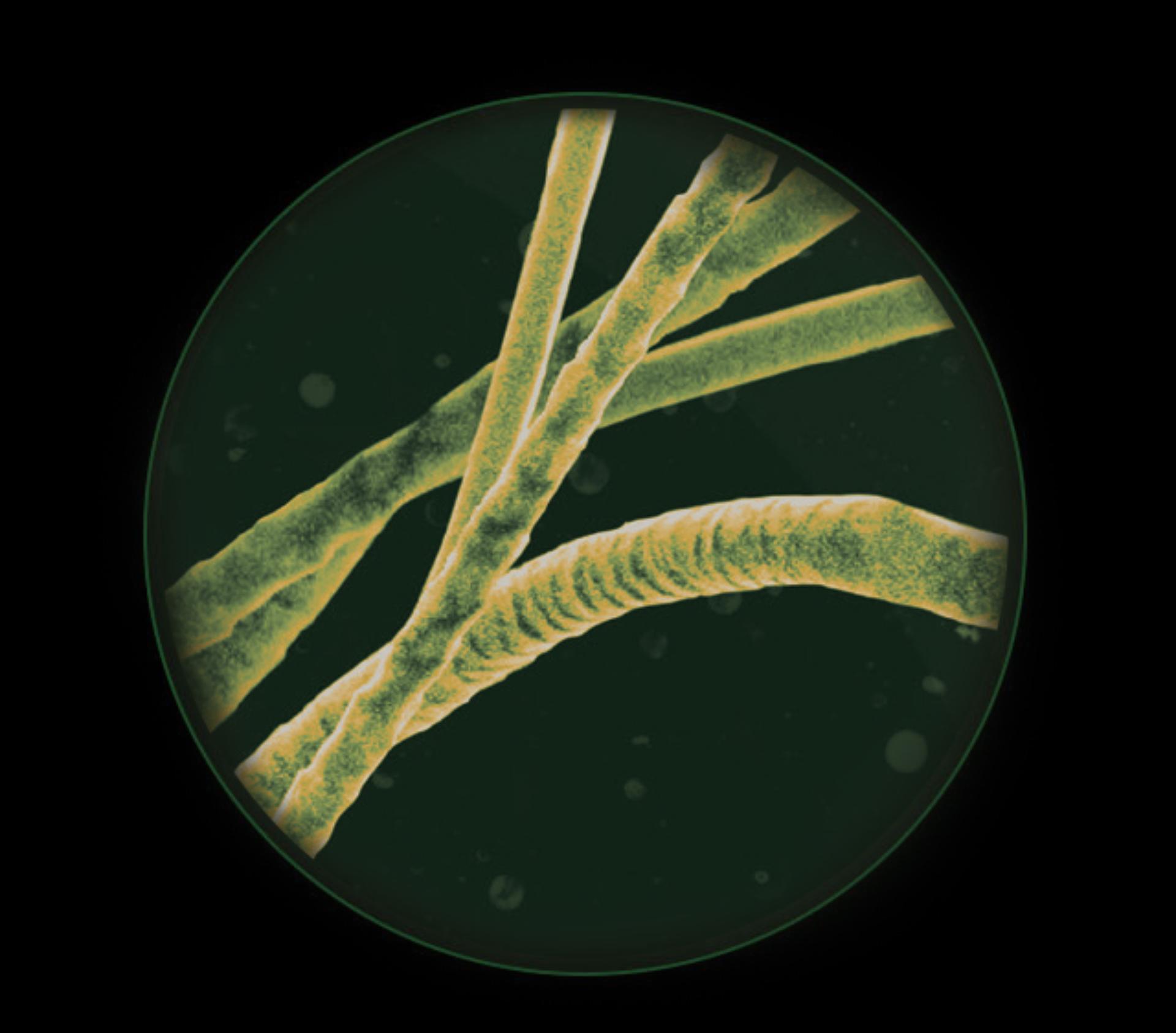
Pet dander
-
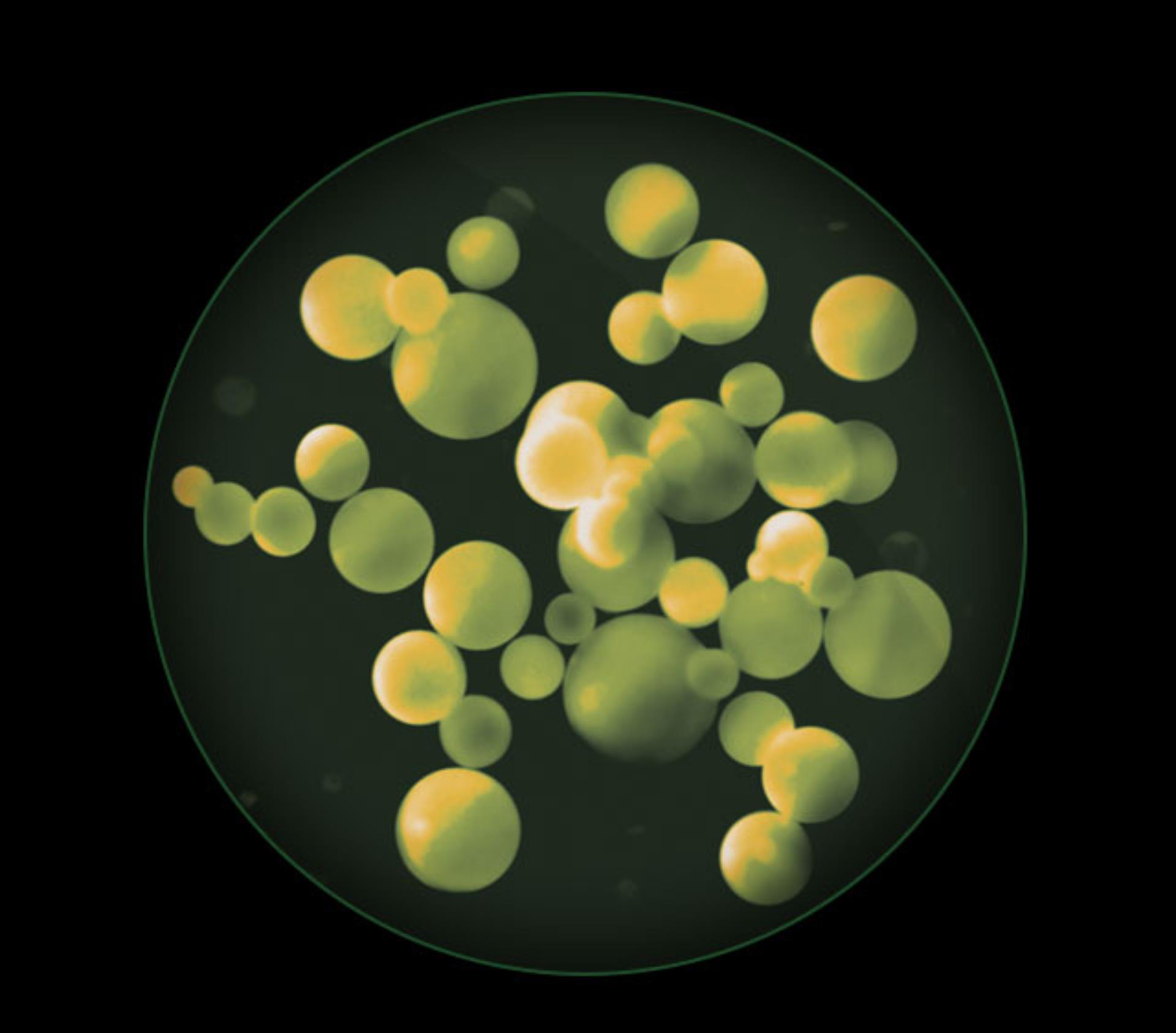
Dust and mold
-
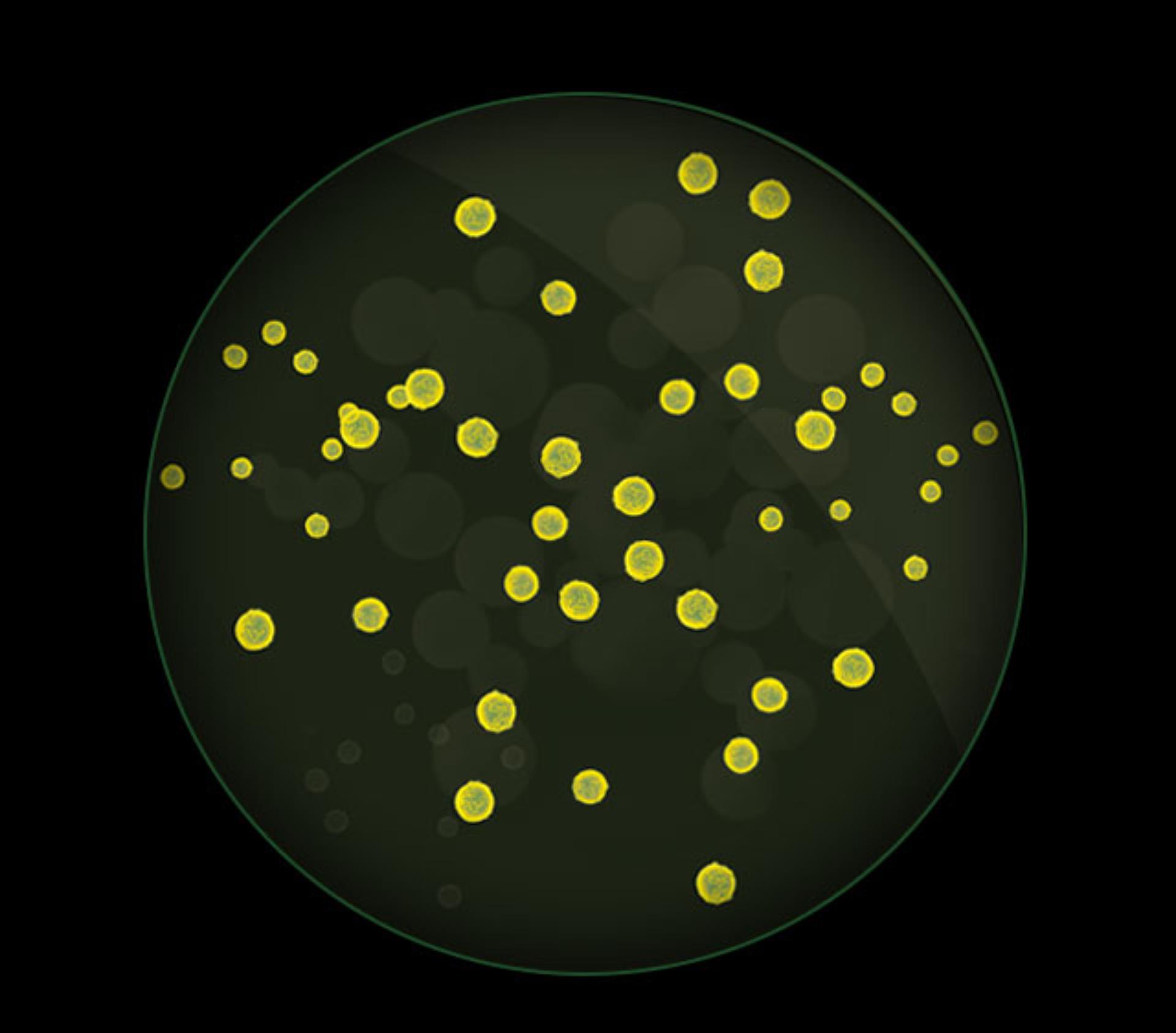
Ultrafine particles
-
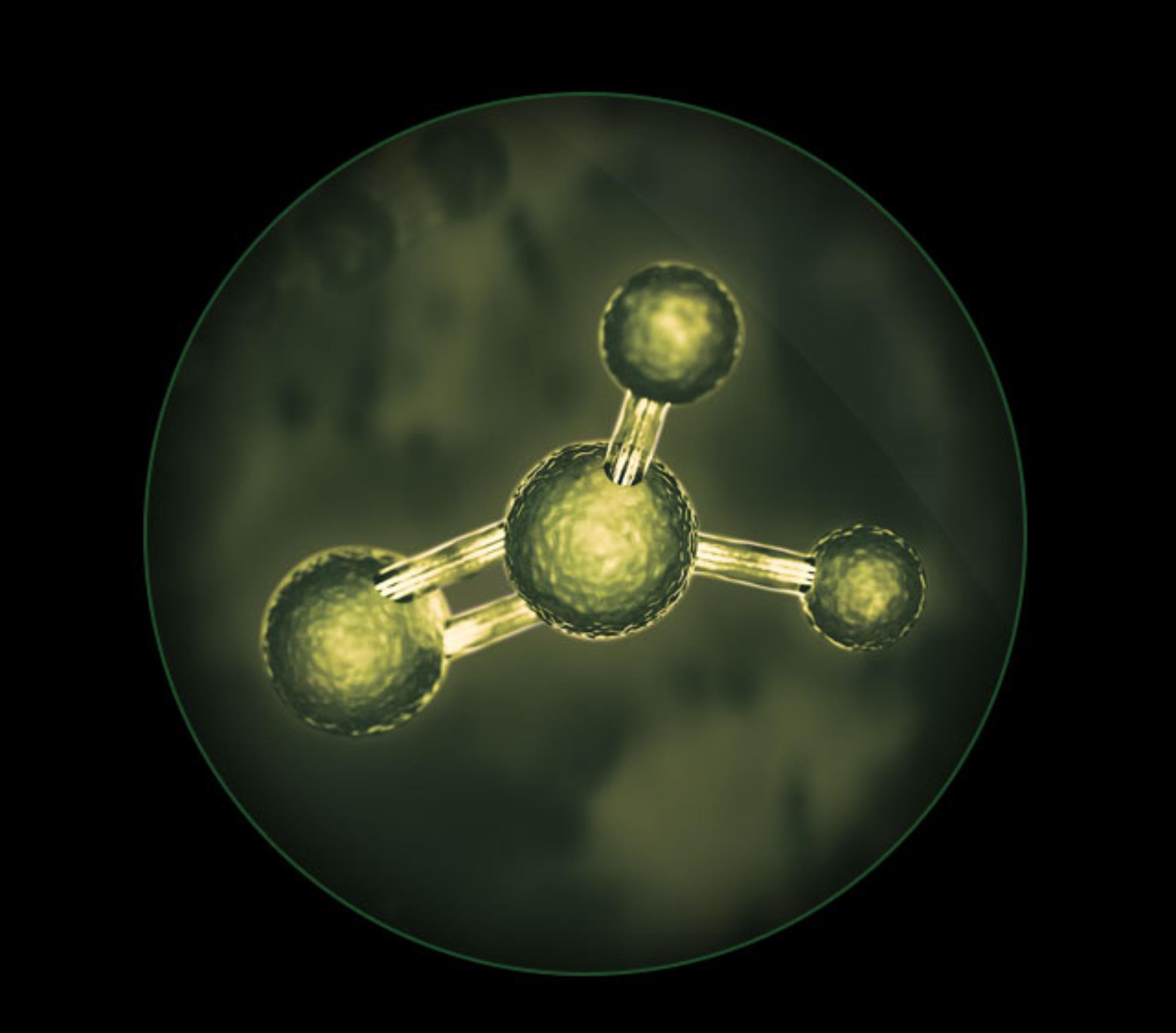
Formaldehyde
-
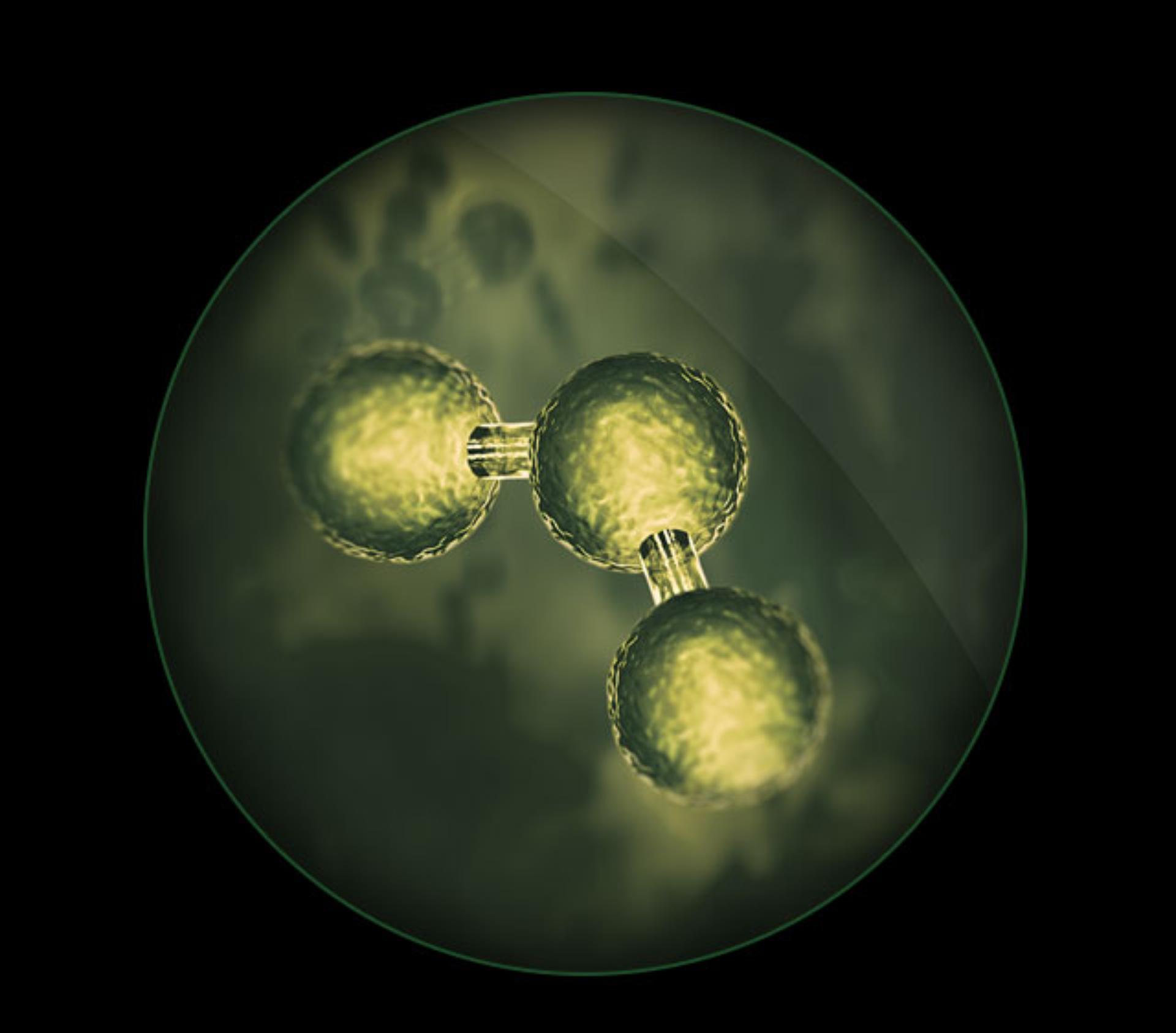
Ozone
-
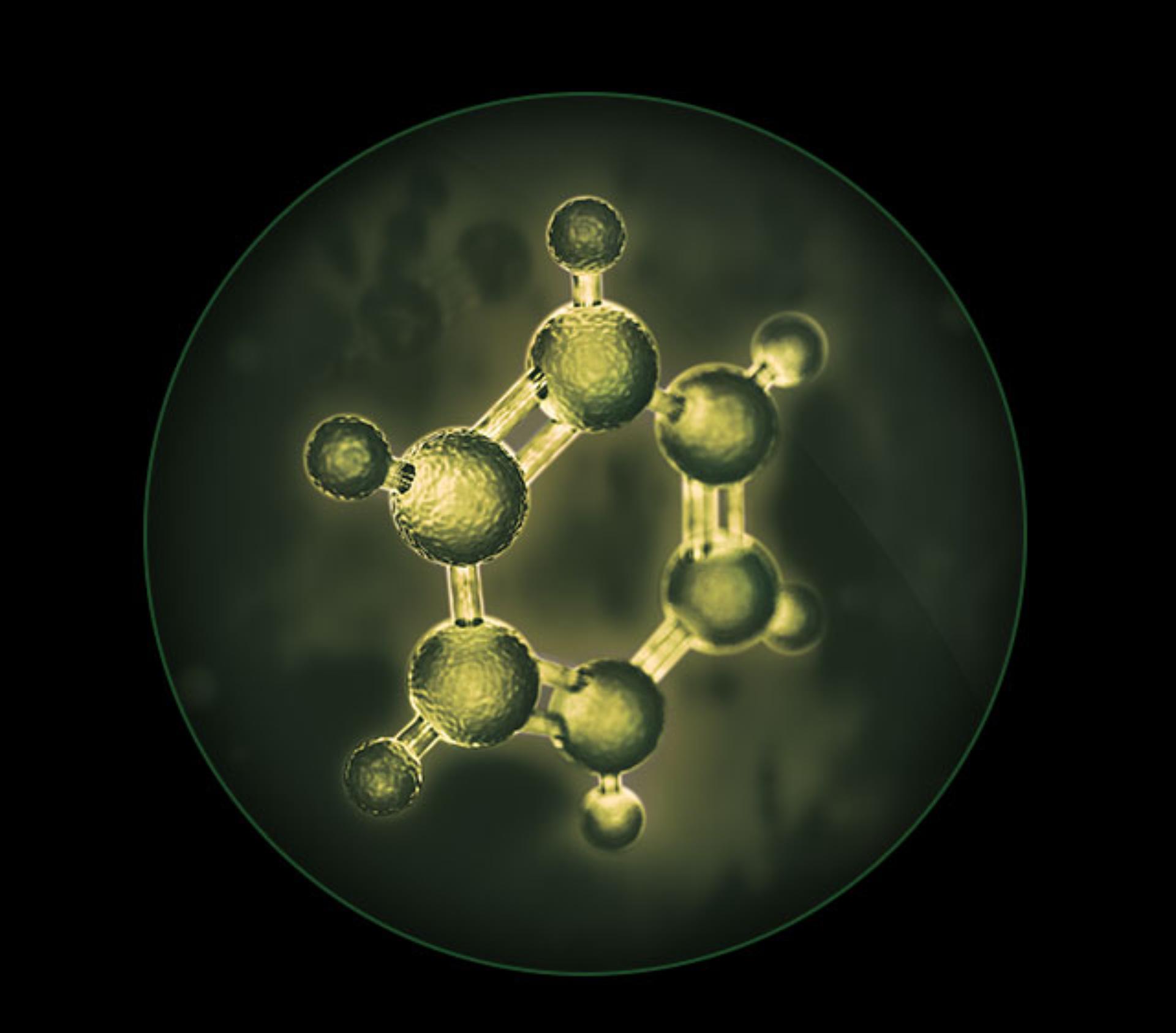
Benzene
-
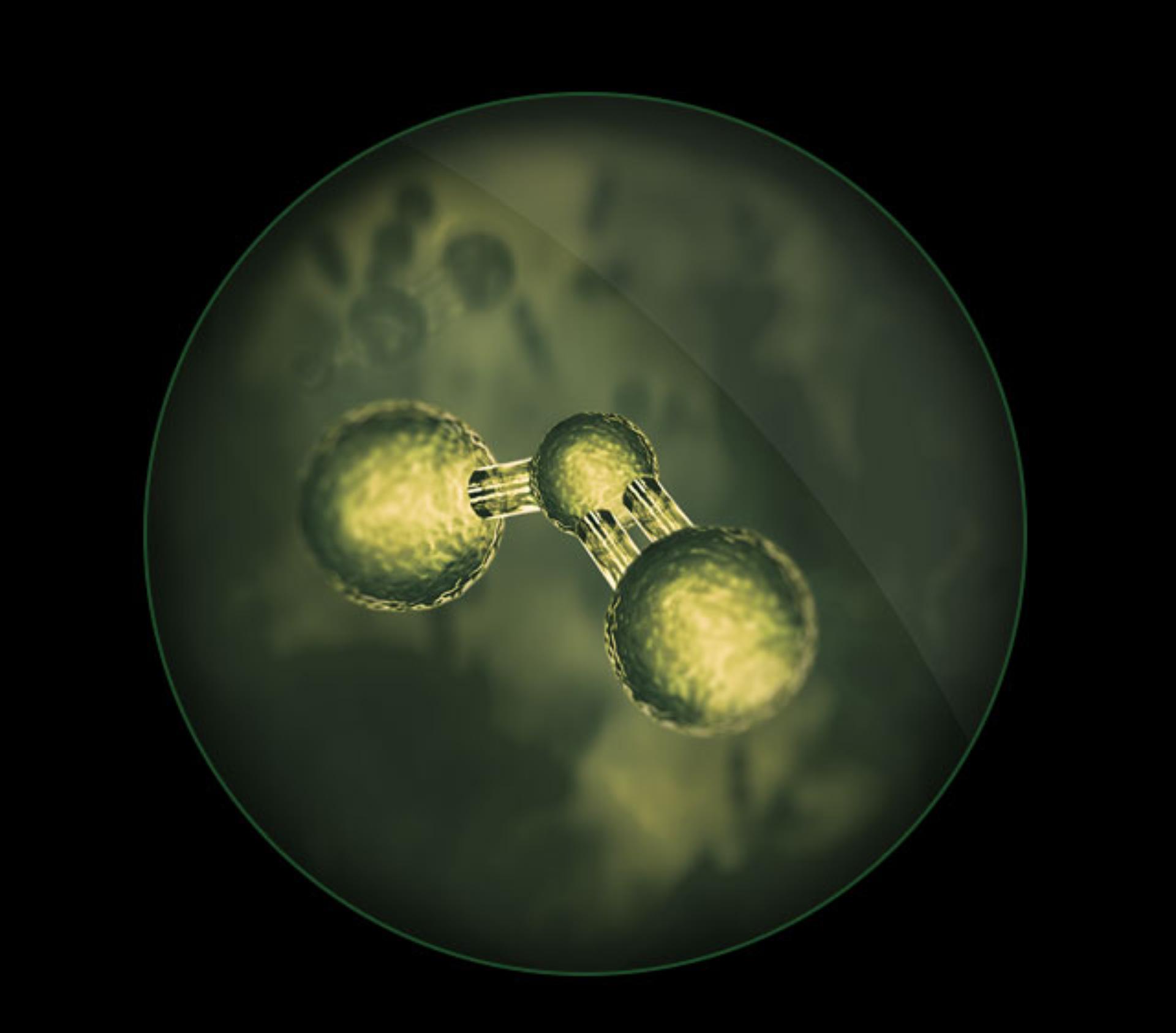
Nitrogen dioxide
Glass HEPA borosilicate filter.
We’ve packed over 6 metres of HEPA borosilicate microfibres into every Dyson filter. It’s pleated over 200 times, to removes allergens and pollutants.

Active Graphite filter.
The filter has been engineered using a dense layer of carbon crystals, and treated with oxygen to make it more porous. This increases the carbon’s surface area, further helping to trap gases, household fumes and domestic fumes – in a similar way to how a sponge absorbs water.
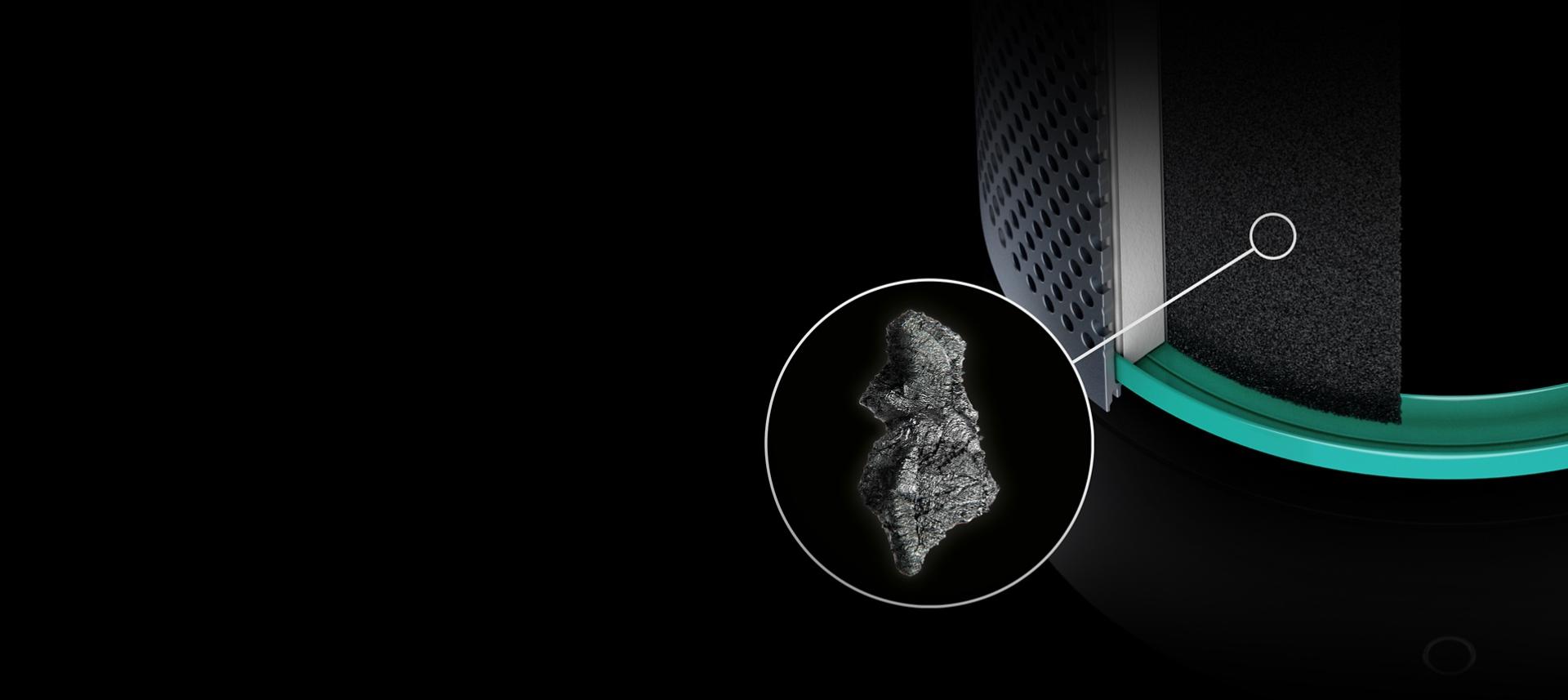
Tris coating.
After being treated with oxygen, each graphite crystal is coated with tris. This organic compound’s chemical reaction with potentially harmful gases like formaldehyde increases the graphite’s ability to capture the gases.
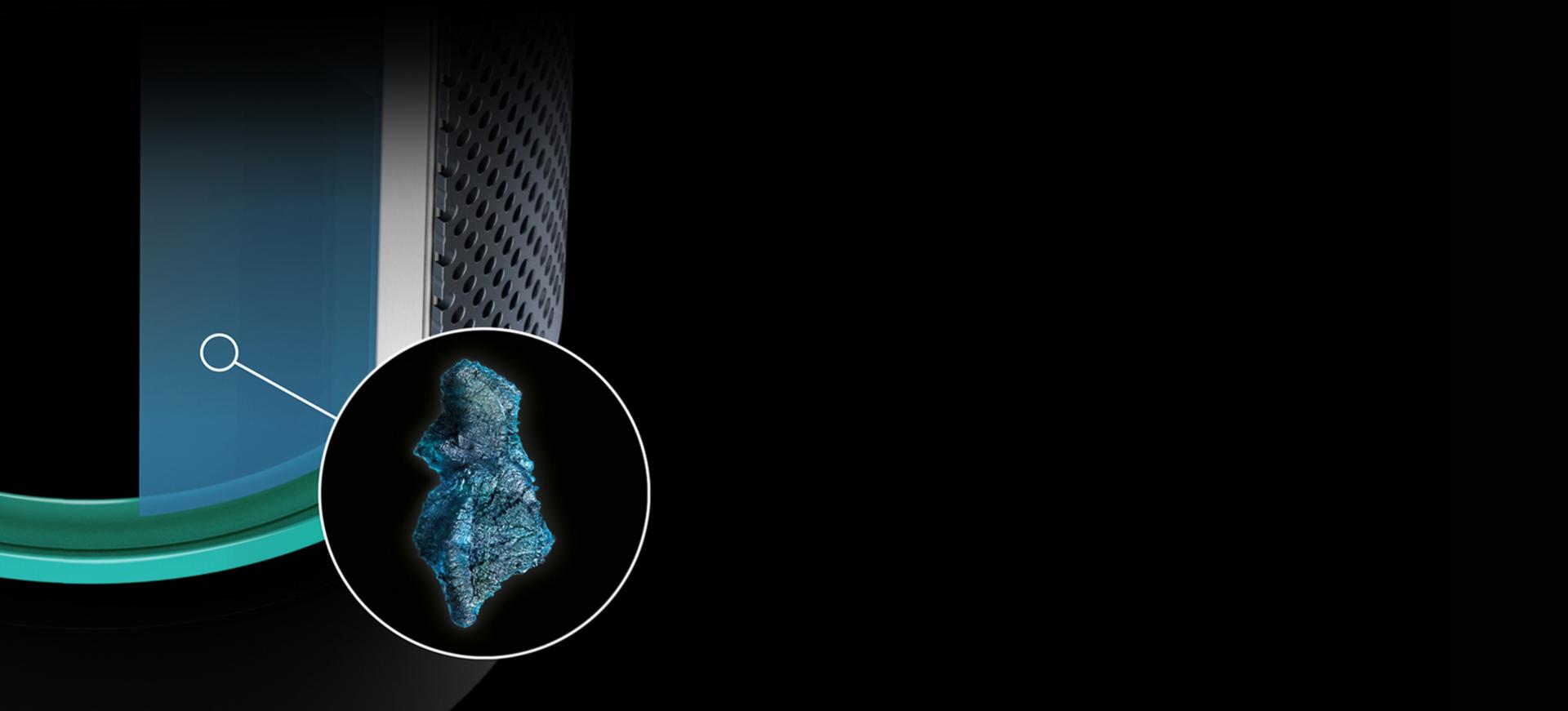
1Particles as small as 0.1 microns. Tested to EN1822. Gaseous capture rates vary.